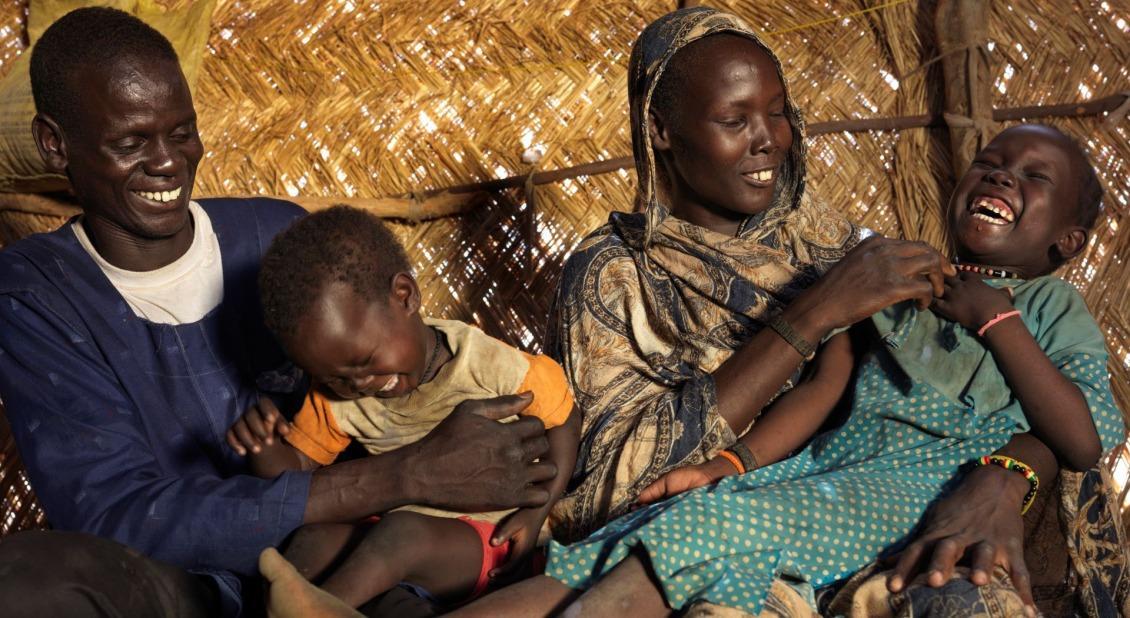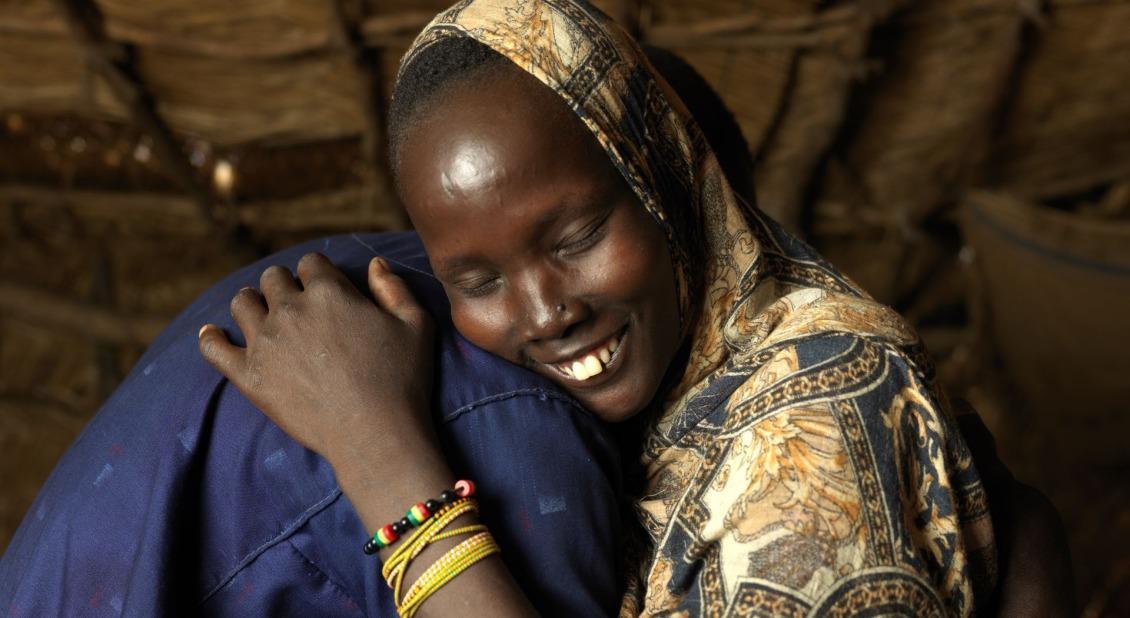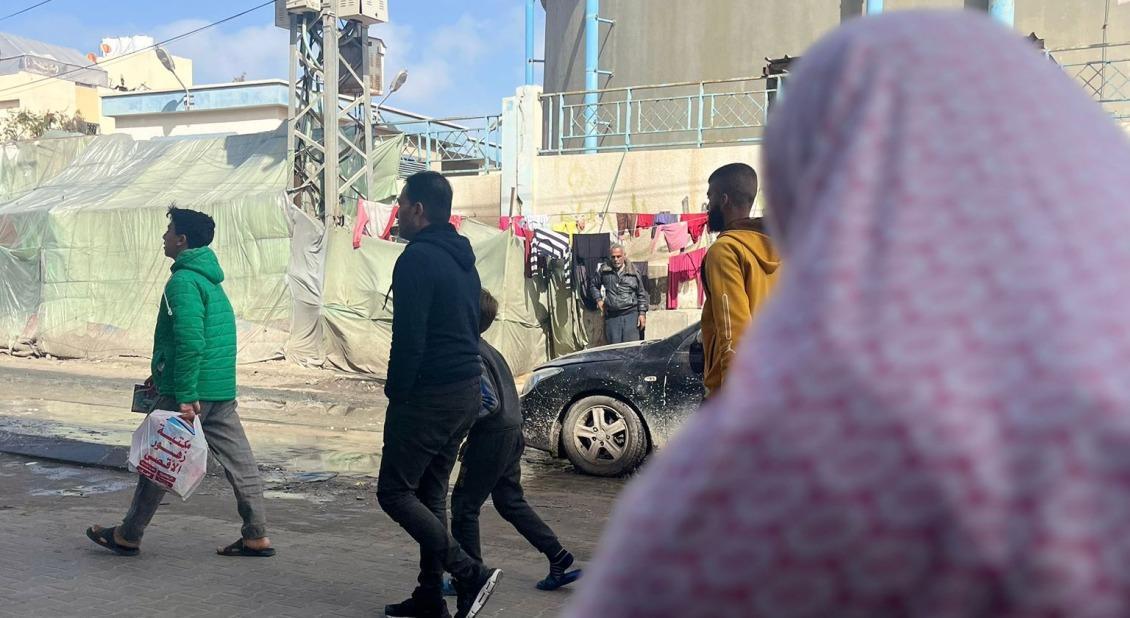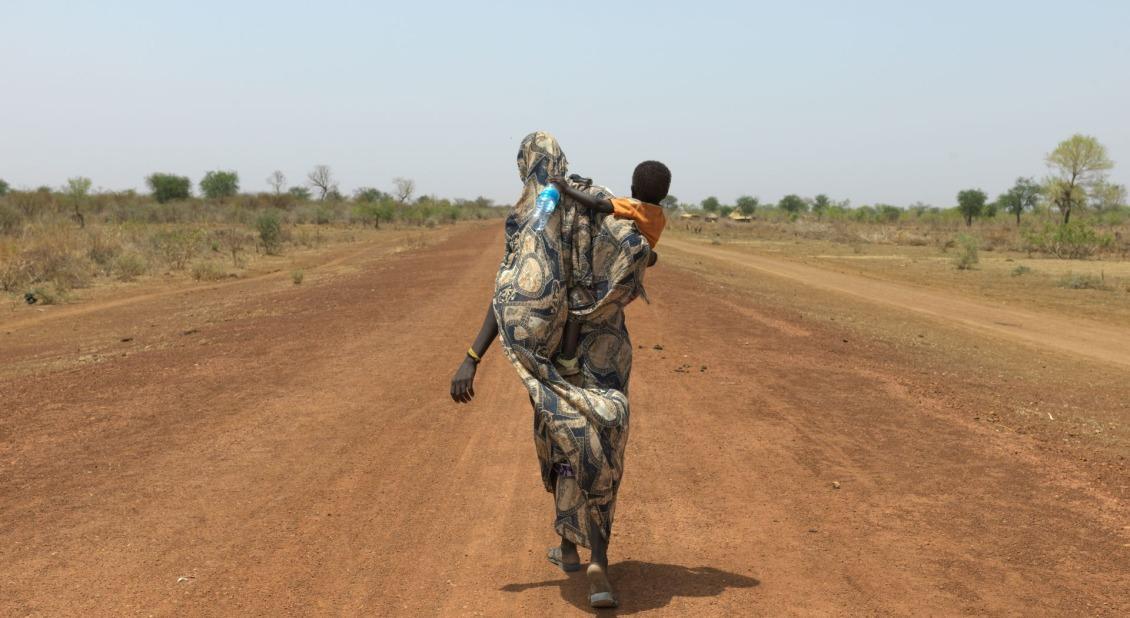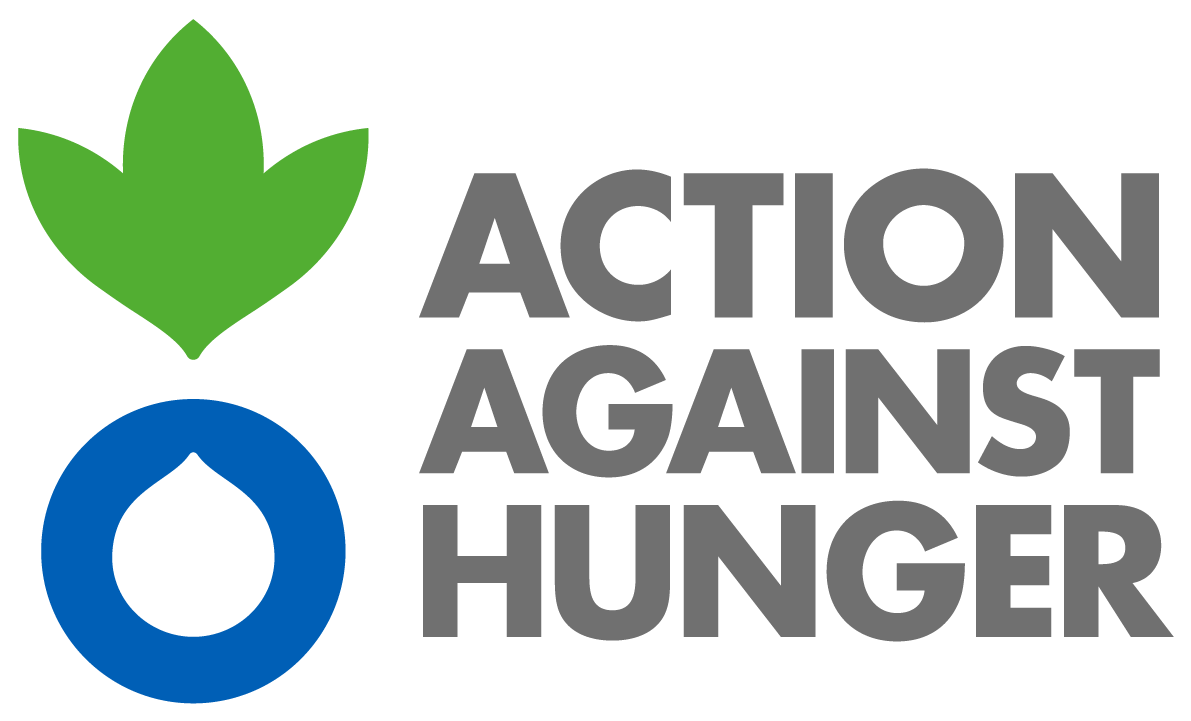There Are More Refugees in the World Than Ever Before
On World Refugee Day 2024, Displacement in Gaza, Sudan, and Ukraine Drive Millions to Hunger
Most American children don’t grow up worrying about missile strikes. At night, most are tucked into bed somewhere warm, clean and safe. Children in conflict-affected countries face a different reality. They go to bed in war-torn villages or crowded refugee tents. As they close their eyes, they might hear bombs overhead or the sound of gunshots. And often, they go to bed hungry.
At the end of 2023, over 117 million people were forcibly displaced. In 2024 so far, that number has likely exceeded 120 million. Children account for 40% of this number.
Each year, more and more people are driven from their homes. The number of forcibly displaced people has risen by 8% since the end of 2022, with people displaced due to atrocities like persecution, conflict, violence, and human rights violations. Many flee with no escape plan and no connections to the new place where they will live. Around 90% of displaced people are in low- and middle-income countries, which have fewer resources to help.
While some make arduous treks across borders, others remain internally displaced miles from their home. At the end of 2023, the number of internally displaced people rose to 75.9 million, an increase of almost 50% in five years. It is an all-time high.
Conflict is the primary cause of the crisis. Since World War II ended, the absolute number of conflict-related deaths has declined. Now, after a period of comparative peace, conflict is again on the rise.
It’s a vicious cycle: conflict, displacement, and hunger chase each other. When violence pushes people out, they’re forced to travel long distances in search of safety. Some go days without food and weeks without shelter. They arrive hungry, distressed, and often ill, with little to their name. Most leave behind their livelihoods and thus have no income to support themselves or their families. Instead, they start from scratch.
Gaza
It’s been over eight months since the crisis in Gaza began, and over 75% of the population, or 1.7 million people, are internally displaced. Families live in informal settlements that lack safe sanitation. Sewage floods the streets. Many stay in a city only briefly before they are forced to relocate again, avoiding dangerous bombardment from air, land, or sea. Nowhere is safe in Gaza.
“We are living in a state of non-existence,” said Raghad, a 19-year-old university student who was displaced. She once studied at The University College of Applied Science in Gaza but said that the universities were bombed. Now she shares a tiny, damp tent with her entire family. “War doesn’t have a roadmap,” she said. “You don’t know when it will end. Right now, I just want to live abroad, continue my education, my life, my university, my studies, and the dreams and aspirations that I’ve been deprived of.”
Many families fled to Rafah before intensified hostilities there forced more than one million people to move again, leaving fewer than 100,000 people in the city. Men, women, and children are suffering from extreme hunger. In these informal settlements, children are facing unprecedented malnutrition, which leaves them vulnerable to a range of illnesses.
Famine is imminent. Over half of the population, or 1.1 million people, are projected to face catastrophic levels of food insecurity. Our teams are still on the ground in Gaza, working hard to provide hot meals; trucking clean water to communities; connecting people with shelters; and assisting with sanitation and hygiene.
We’ve been working in Gaza since 2005 and the West Bank since 2002. Prior to October 2023, we didn’t run nutrition programs there, since less than 1% of Gaza’s children under five were acutely malnourished. Now, our emergency nutrition program in Deir al-Balah aims to reach 13,000 vulnerable women and children. We’ve reached a total of 837,000 people in Gaza since the current conflict began.
Ukraine
War in Ukraine has forced over 10 million people to flee their homes. Nearly four million are internally displaced — a quarter of whom are children. The other six million live as refugees abroad.
Neighborhoods are now ghost towns. The violence has destroyed much of the country, permanently damaging hospitals, homes, schools, and power systems.
Displaced families are left with an uncertain future — without a home, a job, or any of their belongings. The mental health crisis is especially prominent in Ukraine, as children and parents alike suffer from trauma and anxiety.
Maksim, a 15-year-old living in refugee center in Dnipro, fled with his grandmother. He hasn’t seen his father since the war started. He remembers his park getting bombed — a shell landed only a few feet from him. “I was sitting on a bench with a friend and was hit by all the wind, stones, and dust,” he said. “I covered my friend to protect him and now I have two wounds on my legs. It’s a miracle we survived. At that moment, I realized how much I wanted to live.”
Action Against Hunger works with partners in Ukraine to support others like Maksim. From March 2022 to February 2024 alone, we helped nearly 960,000 of the country’s most vulnerable people. We distribute hot meals, food, and cash assistance; give out hygiene kits; rebuild water and sanitation services; and provide healthcare and psychosocial counseling sessions.
Sudan
Sudan is currently one of the world’s biggest humanitarian crises. Since April 2023, more than 8.8 million people have fled their homes, with 7.1 million internally displaced. Families have increasingly little food, water, sanitation facilities, or access to healthcare. As food insecurity rises, many are even facing death. Today, 24.8 million people in Sudan are in need of assistance.
Some displaced people in Sudan were originally from South Sudan, and now must return to their country of origin — although some were so young when they left, it is a place they do not remember. One of these returnees, Nyibol and her young daughter, crossed the border back to South Sudan in April 2024.
Nyibol was also pregnant at the time. She fled after gunmen targeted her home and set it on fire. Forced to flee, she and her young daughter took four days to cross to the town of Majok, South Sudan. “They burned my house. My husband and I ran from the attack. We got separated running for our survival,” she said. “I had no idea if my husband or daughter was alive. I thought maybe they were killed. The next day after the attack I returned to our old house to search through the ash, looking for them thinking they may have burned to death. But I saw no one.”
Fortunately, Nyibol reunited with her family in South Sudan. She’s one of the lucky few. Yet, her family lost everything except one another. Action Against Hunger has been in Sudan since 2018 and has been providing additional emergency assistance in the last year since the conflict began. We’ve reached 500,000 people with food, water, sanitation and hygiene services, as well as protection, especially for women and girls. We also work near towns like Majok and screen refugees for malnutrition when they cross the border into South Sudan.
Helping Refugees Around the World
Action Against Hunger works closely with refugees to help them rebuild their lives. Some of our staff members are refugees themselves. Every day, we work to prevent and treat malnutrition, provide mental health services, improve access to water and sanitation, and support displaced people, wherever they end up. As conflicts in Gaza, Sudan, and Ukraine rage on, our teams face the displacement crisis head-on. Want to help? A first step is by sharing this story.
Read more here: There Are More Refugees in the World Than Ever Before | Action Against Hunger
About Action Against Hunger
Action Against Hunger leads the global movement to end hunger. We innovate solutions, advocate for change, and reach 28 million people every year with proven hunger prevention and treatment programs. As a nonprofit that works across 55 countries, our 8,900 dedicated staff members partner with communities to address the root causes of hunger, including climate change, conflict, inequity, and emergencies. We strive to create a world free from hunger, for everyone, for good.
**
Photos by Peter Caton and Arthur De Poortere
Written with support from Kenneal Patterson


